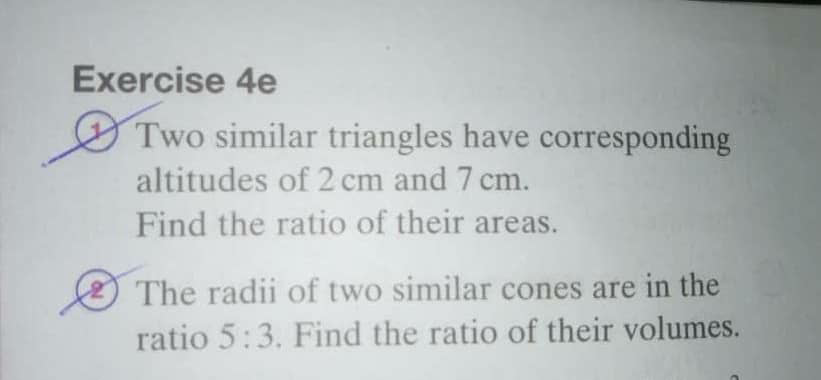
AllQuestion and Answers: Page 1630
Question Number 45974 Answers: 0 Comments: 0
Question Number 45973 Answers: 0 Comments: 0
Question Number 45972 Answers: 0 Comments: 0
Question Number 45971 Answers: 0 Comments: 0
Question Number 45970 Answers: 1 Comments: 1
Question Number 45968 Answers: 1 Comments: 2
Question Number 45969 Answers: 0 Comments: 0
Question Number 45961 Answers: 0 Comments: 0
Question Number 45960 Answers: 1 Comments: 0
Question Number 45957 Answers: 1 Comments: 1
Question Number 45962 Answers: 0 Comments: 0
Question Number 45963 Answers: 1 Comments: 1
Question Number 45941 Answers: 1 Comments: 0
Question Number 45936 Answers: 0 Comments: 1

Question Number 45932 Answers: 1 Comments: 4
Question Number 45931 Answers: 0 Comments: 0

Question Number 45930 Answers: 1 Comments: 0

Question Number 45920 Answers: 1 Comments: 0

Question Number 45916 Answers: 1 Comments: 0
Question Number 45901 Answers: 0 Comments: 1

Question Number 45898 Answers: 1 Comments: 1

Question Number 45907 Answers: 1 Comments: 3
Question Number 45905 Answers: 2 Comments: 0

Question Number 45896 Answers: 2 Comments: 2
Question Number 45885 Answers: 1 Comments: 3

Question Number 45879 Answers: 0 Comments: 0
Pg 1625 Pg 1626 Pg 1627 Pg 1628 Pg 1629 Pg 1630 Pg 1631 Pg 1632 Pg 1633 Pg 1634
